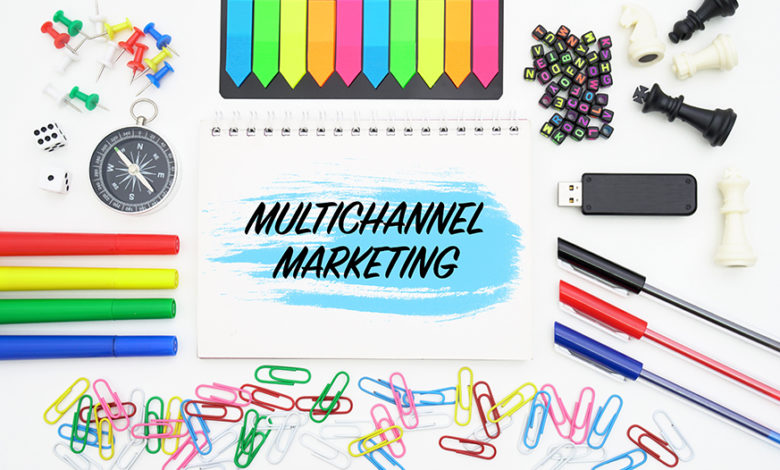This era of multi-channel marketing and customer engagement means many small and mid-size businesses feel pressured to establish a presence anywhere and everywhere. Is this a bad thing?
So many channels, so few resources. Should your business stretch employees and resources trying to meet customers everywhere possible? Renée Frappier has the answer.
Phone, email, social media – these days, it seems, there are unlimited ways for customers to get in touch with your business.
Many new content and marketing leaders think their company should have a Facebook profile, a Twitter account, YouTube videos, an Instagram presence and a Snapchat account, in addition to attending conferences, maintaining a website, updating a blog and utilising traditional advertising on television, in magazines and even through public transportation. When considering the resources smaller businesses have, one can only imagine what a struggle it is to establish and keep up with so many channels.
Do small and mid-size businesses really need to stretch their marketing resources to hit every possible customer channel? The answer, thankfully, is no. Instead, these companies should focus on the channels that bring the greatest success. That means different things for different organisations, so businesses need to decide what they hope to gain first. Knowing this helps them choose which channels are most effective for their goals and audience.
Determine what you want these channels to accomplish
First, it’s important to establish what type of success you want your efforts on these channels to bring. Do you want to acquire new customers, increase engagement with those you already have or market to a wider audience? It’s possible that your objective incorporates all of these ideas or none at all. Regardless, understanding your goals helps you choose the channel best suited to your needs. For example, email newsletters and mailing lists are more effective at engaging existing shoppers than they are at finding new ones. Twitter, on the other hand, can be effective for both, as dedicated consumers who retweet your posts spread your content among their followers, potentially reaching new customers.
Research how effective existing channels are
Research from the Content Marketing Institute revealed how B2C marketers felt about the channels they use to engage customers. In-person events and online newsletters tied for the top position – 67 per cent of respondents found these channels effective for their organisation. In addition, Facebook consistently rated as the marketer’s most successful social media platform. You’ll have to do a little more market research to determine which channels are right for your particular audience, but understanding the views of other B2C advertisers is a good place to start.
Multi-channel marketing v target marketing
One of the keys to choosing the right customer channels is to understand which ones are preferred by your target market. This requires some additional research, but one easy way to start is to see where your competitors are, Convince and Convert explained. These companies have the audience you want, so it makes sense for you to use the same channels.
Small and mid-size business owners can rest easy: You don’t have to spread your resources thin across every possible mode of customer outreach. Instead, find out which channels are most appropriate for your industry and audience and focus on those. Once your business grows, you can start incorporating more.







Leave your thoughts